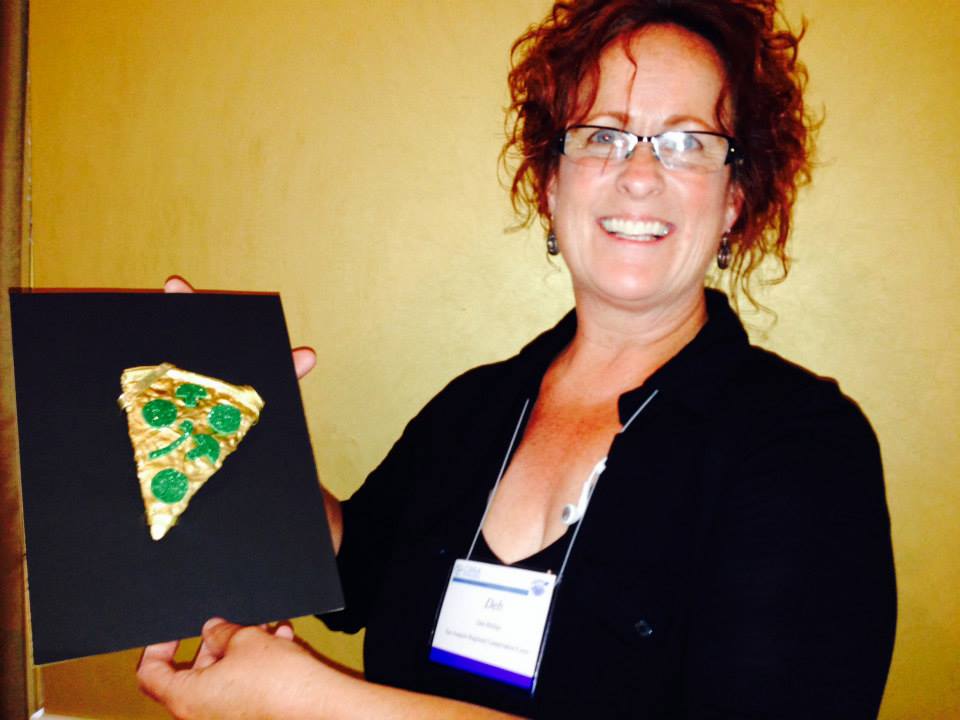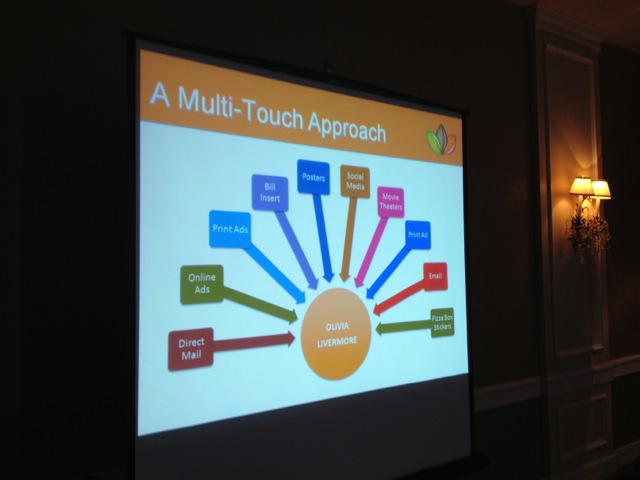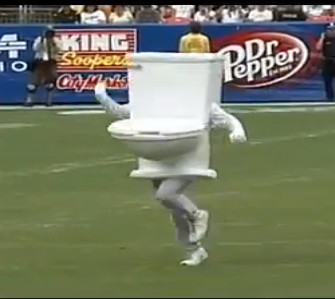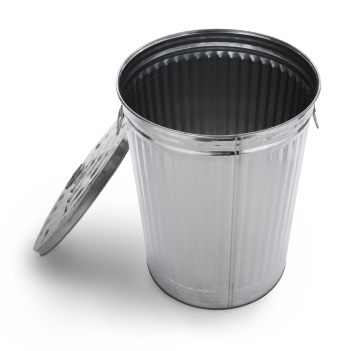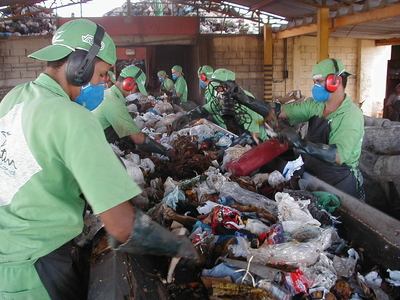
Shana McCracken and Lisa Duba co-founded Gigantic Idea Studio as one of the first marketing agencies dedicated to environmental outreach. After more than 13 years, Shana is moving on, and she leaves us now with some guiding thoughts as the Gigantic team continues this important work.
As my stint at Gigantic Idea Studio comes to a close, I can’t help looking back at the lessons I’ve learned. The big take-aways? Here are my top three for those working to promote environmental behavior change:
- More people care than you think. Writing off the public with a cynical “People just don’t care” does a disservice to more than just the public. It will also hold your organization back from achieving its behavior change goals. A study repeated annually in the U.S. consistently shows that only a small percentage of the population—hovering around 15%—could really be described as not caring about the environment. The problem is that many of us focus far more than 15% of our time and energy on this small segment, maybe because these people just plain bug us. Projecting their minority views onto the majority also gets us off the hook. After all, if nobody cares, what’s the point in doing outreach, right? In reality, there are plenty who are concerned about the planet. Our job as outreach professionals is to find out what else they need to put this concern into action. Some are confused about the finer points of participation or don’t realize they’re “doing it wrong.” Others want more reassurance that their actions matter. And still others have language or financial barriers. Identify the need and meet it as best you can.
- Norming, norming, norming. You can talk all you want about the merits of different tactics, but if you’re not communicating that the behavior you’re promoting is the norm as you deploy those tactics, it won’t be adopted by anyone but the Innovators. People want to know that what you’re asking them to do will be perceived as normal. So be bold and communicate a message of “everybody’s doing it” verbally, visually, any way you can. Not doing so will prevent green from going totally mainstream. The good news? We’re already there with the basics. We just need to be sure that each time we add a new “ask” to the list, it sounds perfectly ordinary as well as easy.
- Test your assumptions. Similar to the “people not caring” belief, we all have assumptions about how the public relates to our key issue (recycling, pollution prevention, energy conservation, etc.). We think we already know what they understand, how they feel and why they do what they do. Trouble is, without research, we’re probably wrong and, as a result, our outreach will be off-target and ultimately ineffective. The best way to find out what’s really going on inside people’s heads is to ask. Usually this is done by conducting a survey or a series of focus groups. (Have the budget for both? Even better!) Besides finding out what makes people tick, you need to know what they encounter when they finally engage with your organization or issue. For example, does your website deliver what your materials say it will? Don’t expect your constituents to tell you they couldn’t find the information they were looking for. Ghost shop! That means pretend you’re an average user and go through all the steps they would to complete an action or find some information. Better yet: Recruit friends or family members to do this for you. They’re less likely to understand jargon that you may take for granted and won’t have pre-conceived notions about the best path to a given piece of information. If they can’t find it on your site promptly and easily, it’s time to put some energy into improvements. The best part about this method? Anyone can do it and it’s free!
I could go on listing valuable lessons ‘til the proverbial cows came home, but I’m afraid it’s time for me to saddle up and mosey on down the trail. Good wishes and good outreach!
